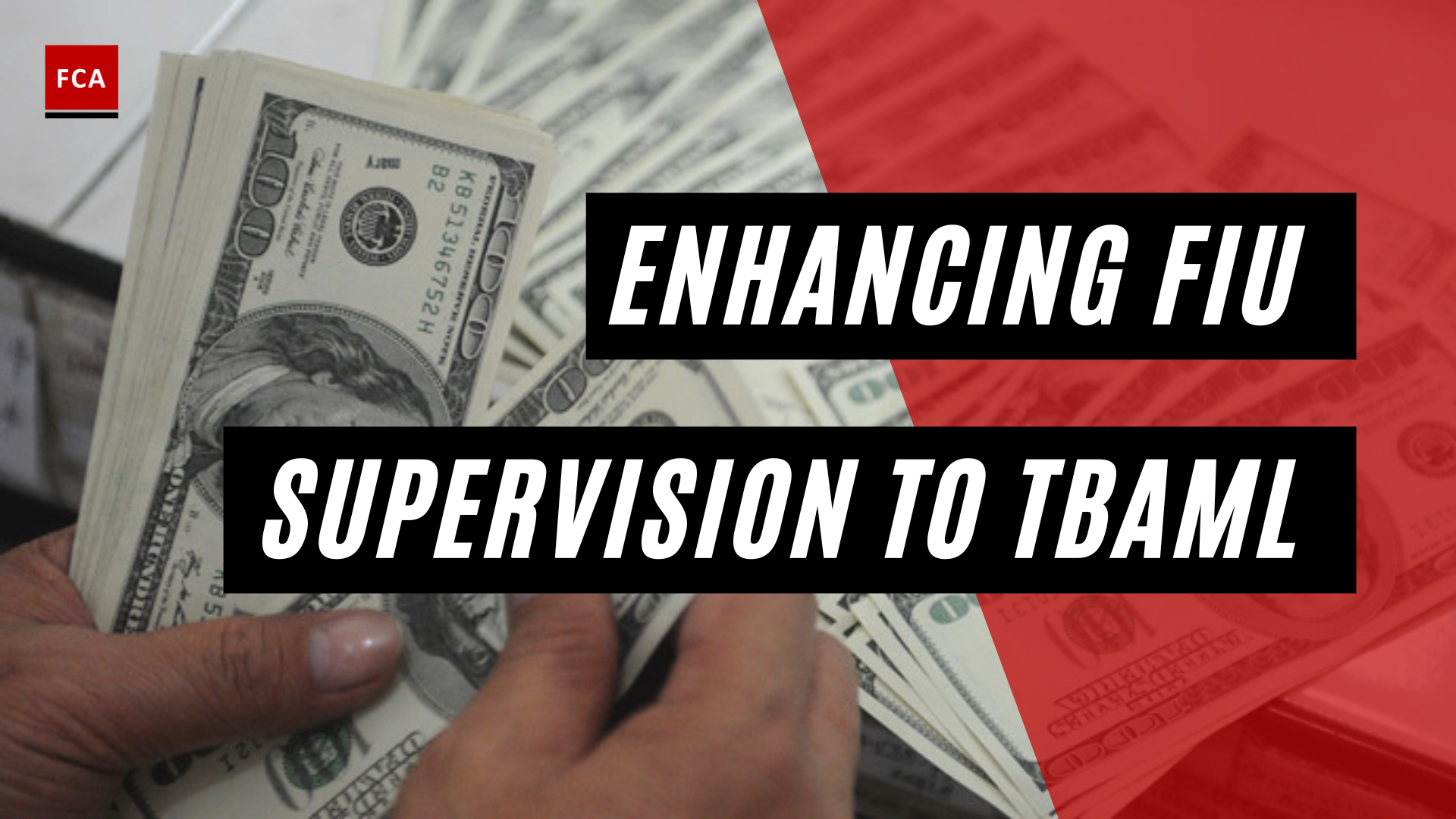Understanding Anti-Money Laundering
To lay the groundwork for understanding the complexities of Anti-Money Laundering (AML), it’s crucial to start with the definition and history of AML.
Definition of AML
Anti-Money Laundering (AML) refers to a set of laws, regulations, and procedures designed to prevent criminals from disguising illegally obtained funds as legitimate income. These laws and regulations require financial institutions to implement measures to prevent and detect illicit activities, including customer due diligence, transaction monitoring, and suspicious activity reporting.
AML efforts aim to combat money laundering activities by identifying, investigating, and reporting suspicious financial transactions. These transactions could be related to criminal activities such as drug trafficking or terrorist financing. For more detailed information, refer to our AML definition page.
The Evolution of AML
The financial services industry is one of the main sectors where money laundering occurs, making it crucial for institutions to adhere to AML regulations to avoid legal repercussions (Investopedia). The Bank Secrecy Act (BSA) of 1970 forms the cornerstone of AML regulations in the United States, requiring financial institutions to establish AML compliance programs, report certain transactions, and maintain appropriate records to assist law enforcement in anti-money laundering efforts.
Over time, AML regulations have evolved and expanded in response to new methods of money laundering and an increasing understanding of the scale and impact of these illegal activities. Today, AML compliance programs typically involve a risk-based approach to monitoring and reporting suspicious transactions, customer due diligence, recordkeeping, and the integration of AML efforts into overall business operations to ensure legal and ethical compliance.
Non-compliance with AML regulations can result in severe penalties, including monetary fines and reputational damage to the institution involved. As such, understanding and staying updated on AML regulations is critical for professionals working in compliance, risk management, anti-money laundering, and anti-financial crime. Explore our AML regulations page for more in-depth information.
Role of AML in Financial Institutions
Financial institutions play a crucial role in the fight against money laundering. They have a legal and ethical responsibility to implement effective AML measures to detect, prevent, and report money laundering activities.
Compliance Programs and Measures
A robust AML compliance program is vital for financial institutions. Such a program typically involves a risk-based approach to monitoring and reporting suspicious transactions, customer due diligence, recordkeeping, and the integration of AML efforts into overall business operations to ensure legal and ethical compliance.
The specifics of an AML compliance program include customer due diligence, which involves verifying the identity of customers, assessing their risk profile, and monitoring transactions for suspicious activities. Enhanced due diligence is conducted for high-risk customers to prevent money laundering effectively.
Other essential aspects of AML compliance include monitoring of accounts for suspicious activities, reporting large cash transactions, and maintaining records of transactions for a specified period.
These measures play a significant role in the overall AML process. For more information on the AML process, refer to our article on the aml process.
Impact of Non-Compliance
Non-compliance with AML regulations can result in severe penalties. These penalties can include reputational damage, financial penalties, loss of operating licenses, and criminal charges for individuals found guilty of money laundering or related activities.
Financial institutions that fail to comply may face significant fines or other penalties that can significantly impact their operations and reputation. The potential consequences underscore the importance of maintaining a robust AML compliance program and regularly updating it in line with new regulations or guidance from regulatory bodies.
In conclusion, anti-money laundering efforts are critical in today’s global financial landscape, with financial institutions playing a pivotal role in these efforts. Regular training, comprehensive policies, and effective monitoring systems are essential for ensuring compliance with AML regulations. To deepen your understanding of AML, explore our resources on aml training, aml policy, and aml regulations.
International AML Regulatory Bodies
In the global effort to combat money laundering, several international regulatory bodies play significant roles. These organizations establish standards and guidelines for Anti-Money Laundering (AML) and Counter-Terrorist Financing (CTF), promoting their implementation across different jurisdictions. This section examines the roles of the Financial Action Task Force (FATF), the European Union (EU), and the United Nations (UN) in shaping global AML policies and practices.
The Financial Action Task Force
The Financial Action Task Force (FATF) is the global standard-setting body for anti-money laundering (AML) and combating the financing of terrorism (CFT). It monitors and promotes the implementation of AML/CTF measures globally (Financial Crime Academy). The FATF is responsible for setting international standards and promoting effective implementation of legal, regulatory, and operational measures to combat money laundering, terrorist financing, and other related threats to the integrity of the international financial system.
For more detailed information on the FATF’s role in shaping AML policies, check out our article on aml regulations.
The European Union and United Nations
The European Union (EU) has implemented various directives and regulations to combat money laundering and terrorist financing, including the Fourth Anti-Money Laundering Directive (AMLD4) and the Fifth Anti-Money Laundering Directive (AMLD5). These directives aim to harmonize AML regulations across EU member states and enhance cooperation and information sharing among authorities (LexisNexis).
The United Nations (UN), on the other hand, promotes international cooperation and coordination in the fight against money laundering and terrorist financing. It has established various conventions and initiatives, such as the United Nations Convention against Transnational Organized Crime and the United Nations Global Counter-Terrorism Strategy, to address these global threats (LexisNexis).
These international AML regulatory bodies contribute significantly to the global fight against money laundering. Their efforts shape the aml process within financial institutions and inform the design of aml training programs. Understanding their role and the standards they set is crucial for professionals working in the field of AML and financial crime prevention.
AML Tools and Platforms
In the battle against money laundering, several tools and platforms have been developed to aid risk management professionals in their tasks. These tools play a critical role in the implementation and enforcement of Anti-Money Laundering (AML) policies. This section will explore the FINRA Data Platform and the DR Portal and FinPro, which are some of the prominent tools available for AML compliance.
The FINRA Data Platform
The Financial Industry Regulatory Authority (FINRA) has developed a data platform that offers non-commercial use of data, allowing users to save data views and create and manage a Bond Watchlist. This platform is a valuable tool for risk management and AML compliance professionals, providing them with the information they need to identify and investigate potential instances of money laundering (FINRA).
Furthermore, the FINRA Gateway is another resource available for member firms, enabling compliance professionals to access filings and requests, run reports, and submit support tickets. These platforms, tailored to the specific needs of industry professionals, member firms, and case participants, support various activities within the financial industry.
For more information about AML compliance and the role of FINRA, visit our page on AML compliance.
The DR Portal and FinPro
In addition to the data platform, FINRA has also developed the Dispute Resolution (DR) Portal and the FinPro platform. The DR Portal is specifically designed for case participants in arbitrations and mediations, as well as FINRA neutrals, providing access to case information and the ability to submit documents through the Dispute Resolution Portal.
On the other hand, FinPro is a platform designed for industry professionals, where registered representatives can meet Continuing Education requirements, view their CRD record, and perform various compliance tasks. This platform is a valuable resource for professionals involved in AML activities, providing them with the tools they need to stay compliant and up-to-date with their requirements.
These tools and platforms play a crucial role in the enforcement of AML policies, providing professionals with the resources they need to effectively monitor and manage financial transactions. For more insights into the AML process, visit our page on the AML process.
AML and Financial Crimes
Anti-Money Laundering (AML) is a critical component in the fight against financial crimes. Understanding the process of money laundering and its impact on the global economy is key to grasping the full scope of AML.
The Process of Money Laundering
Money laundering involves three main steps: placement, layering, and integration. Illicit funds are first introduced into the legitimate financial system, then moved around to create confusion, and finally integrated through additional transactions until the “dirty money” appears “clean”.
-
Placement: This is the process of introducing the illicit money into the legitimate financial system. It could be done through deposits, purchases, or other means.
-
Layering: In this stage, the money is moved around to create confusion, usually by conducting complex financial transactions that obscure the origin of the money.
-
Integration: The illegitimate money is finally integrated into the legitimate economy through additional transactions, making it hard to distinguish from “clean” money.
Understanding this process is crucial for professionals working in compliance and risk management, as it informs the AML process and the creation of effective AML policies.
Impact on the Global Economy
Money laundering poses a significant risk to financial sector stability, with criminals exploiting the global financial system for illicit money movement, derived from activities such as tax evasion, corruption, and drug trafficking, among others.
The consequences of money laundering can be severe, leading to bank collapses, eroding trust in financial systems, and burdening taxpayers to subsidize failing banks. In addition, it can limit customer access to credit and have a ripple effect on other banks in the region due to the interconnectivity of financial institutions.
| Consequences | Description |
|---|---|
| Bank Collapses | Money laundering can lead to bank failures, causing significant economic shocks. |
| Erosion of Trust | Illegal financial activities can undermine trust in financial institutions. |
| Burden on Taxpayers | Failing banks may need to be subsidized by the government, placing a financial burden on taxpayers. |
| Limited Access to Credit | Money laundering can restrict access to credit for customers. |
| Spillover Effects | Money laundering-related issues can affect other regional banks due to the interconnected nature of the financial system. |
Figures courtesy IMF Blog
Furthermore, money laundering facilitates crimes such as drug trafficking and terrorism, which can have devastating social and economic impacts. With the rise of crypto assets facilitating global transfers attractive to criminals, national regulators supervising banks’ anti-money laundering efforts must broaden their perspective and scrutinize non-resident risks and inter-border laundering countermeasures. Stronger international collaboration is essential to address these evolving risks in the integrated banking system (IMF Blog).
The need for effective AML measures to combat these risks cannot be overstated. Professionals in this field should be vigilant and keep up-to-date with AML training to ensure they are well-equipped to tackle these challenges.
Future of AML
As we navigate through the evolving landscape of Anti-Money Laundering (AML), it is essential to project forward and examine the future of AML. This section will focus on the impact of technological innovations in AML and the role of AML in the age of crypto assets.
Technological Innovations in AML
The future of AML is poised to be greatly influenced by technological innovations. Organizations like the International Monetary Fund (IMF) are already leveraging machine learning technologies and data analysis to scrutinize financial movements and identify potential macro-critical money laundering scenarios. These analytical tools are utilized in the IMF member economies’ annual health checks and under the Financial Sector Assessment Program.
Technological innovation is also encouraging collaborative efforts to combat money laundering. A recent example is the first-of-its-kind anti-money laundering technical assistance project conducted with eight Nordic and Baltic countries. This initiative revealed that combating money laundering is beyond the capacity of any single nation, thereby emphasizing the necessity for collaborative innovation among countries to find solutions.
AML in the Age of Crypto Assets
The rise of crypto assets has brought a new dimension to AML. Crypto assets facilitate global transfers that are attractive to criminals. As such, national regulators supervising banks’ AML efforts must broaden their perspective and scrutinize non-resident risks and inter-border laundering countermeasures. This means stronger international collaboration is essential to address these evolving risks in the integrated banking system.
As crypto assets continue to grow in popularity, financial institutions and regulatory bodies will need to adapt their AML strategies to effectively monitor, detect, and prevent their misuse for money laundering. This will likely involve the development of new AML tools and platforms designed to handle the unique challenges posed by crypto assets.
In conclusion, the future of AML will be characterized by increased technological innovation and adaptation to new financial realities, such as the rise of crypto assets. Both of these trends will require ongoing adaptability and collaboration among financial institutions, regulatory bodies, and nations. For more information on AML, you can refer to our articles on AML compliance, AML training, and AML regulations.








